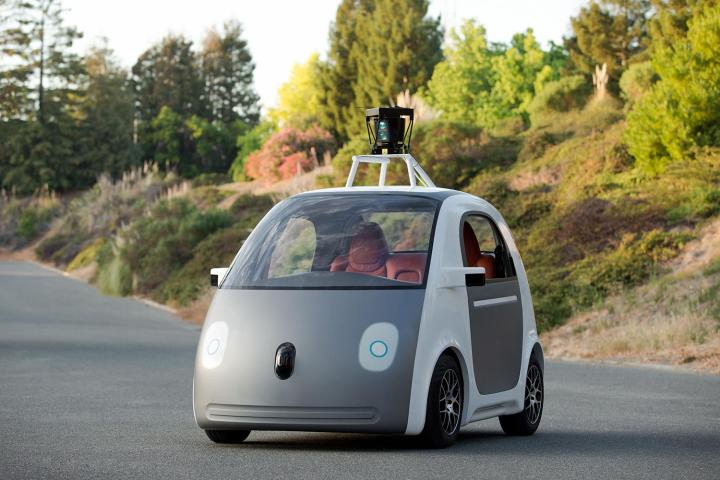
Despite the more than 700,000 miles Google’s self-driving cars have traversed so far, they still have many hurdles to overcome. While the cars can slow down or stop when traffic or obstacles are detected, they aren’t able to know if a new stoplight pops up overnight, according to the MIT Technology Review. The cars can detect and stop at unmapped stop signs, but a four-way stop may cause them to be overly slow and cautious.
Related: Google’s self-driving car needs a steering wheel, California says
Google’s self-driving cars have yet to prove they can handle other common driving scenarios (at least in some parts of the country): snow, heavy rain, open parking lots, multilevel parking garages and construction zones. Also, the cars’ sensors are blinded when the sun is directly behind a traffic light.
These issues and others remain unsolved because engineers haven’t gotten around to addressing them yet, according to Chris Urmson, director of the Google Self-Driving Car Project. Nevertheless, he expects solutions are “going to happen more quickly than many people think.”
Other automakers, including Nissan and Mercedes-Benz, haven’t been shy about their plans to manufacture autonomous cars. However, technological and financial limitations are putting heavy onus on the artificial intelligence behind the wheel, so to speak. We may still be a decade or so away from seeing self-driving cars in our blind spots.
Editors' Recommendations
- Volkswagen is launching its own self-driving car testing program in the U.S.
- How a big blue van from 1986 paved the way for self-driving cars
- Watch San Franciscans take a ride in Waymo’s self-driving car
- From Paris to NYC, Mobileye will bring self-driving cars to metropolises
- To reach level 4 autonomy, these self-driving cars head to winter boot camp


